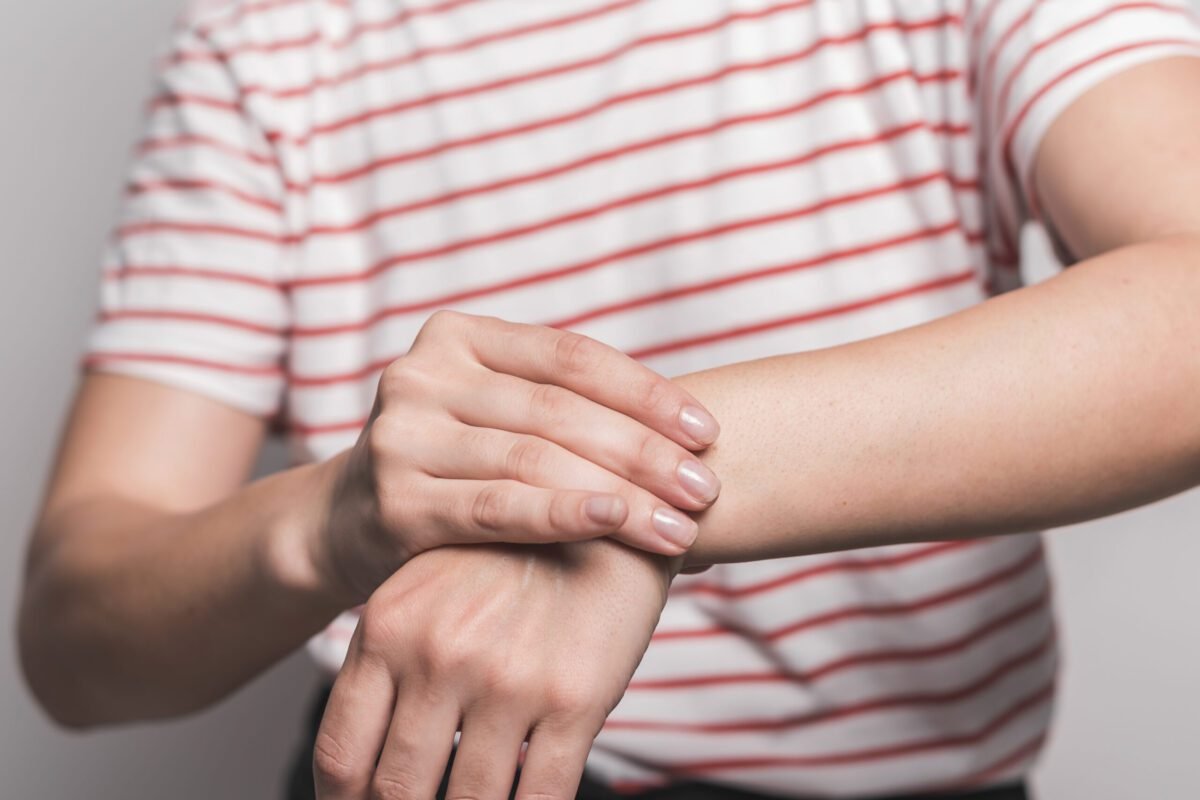Joint pain affects hundreds of thousands of people in our country, causing everything from minor twinges and inconvenience to total, crippling disability. The causes vary between individuals, as do treatments, but one thing all sufferers share in common is that they would all feel more comfortable and mobile without it. The major causes of joint pain in our society are osteoarthritis, inflammatory types of arthritis such as rheumatoid or gout, and physical joint injury (which, in the long term often leads to arthritis in the affected joint).
1) Muscle Strains or Sprains
This most often occurs as a result of an injury. Something like a whiplash injury from a fall, sports injury or a car accident. It can also be from sleeping in an awkward position or being in one position too long. Even an injury to your shoulder or turning too quick can do it. There’s actually many ways someone can strain a muscle; sometimes it can literally be from stress or that combined with one of the other things I’ve mentioned.
Fibromyalgia Syndrome is a musculoskeletal pain and fatigue disorder often confused with arthritis and chronic fatigue syndrome. There is no universally accepted cure for fibromyalgia, although some physicians have claimed success in finding cures. Improvements in the treatment of fibromyalgia have resulted from a continued focus on the condition, and these treatments range from addressing symptoms with the use of prescription drugs to alternative and complementary medicine.
Chronic muscle pain is caused from various things and at times there are not specific causes that are be found. Muscle pain that repeatedly comes back and is urelenting is labeled chronic. This kind of pain often takes a severe physical, mental and emotional toll for the person suffering from it If the pain is diagnosed correctly, a remedy to the pain can be discovered.
Knee pain can be quite debilitating, as it is one of the most used and complex joints of the human body. The stability of the knee is due to four ligaments, muscles and the actual joint structure. During the course of a normal day, the knee goes through a whole range of motions, from sitting, walking, twisting etc.





